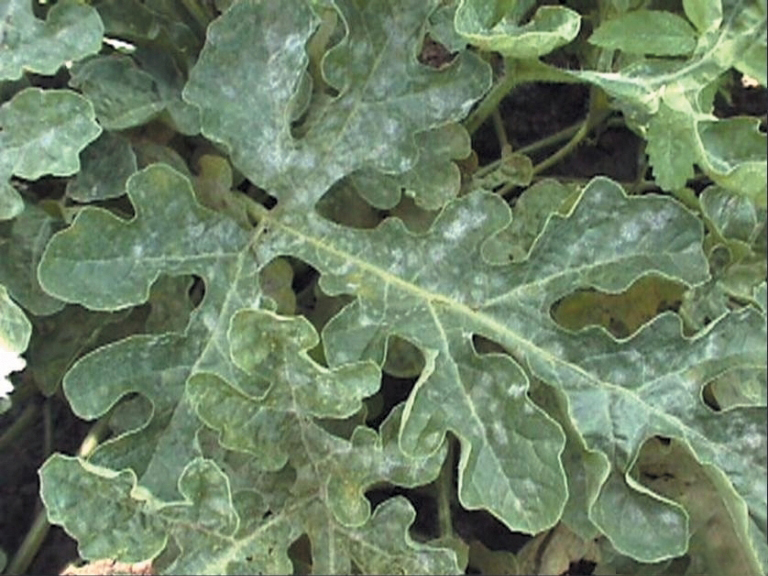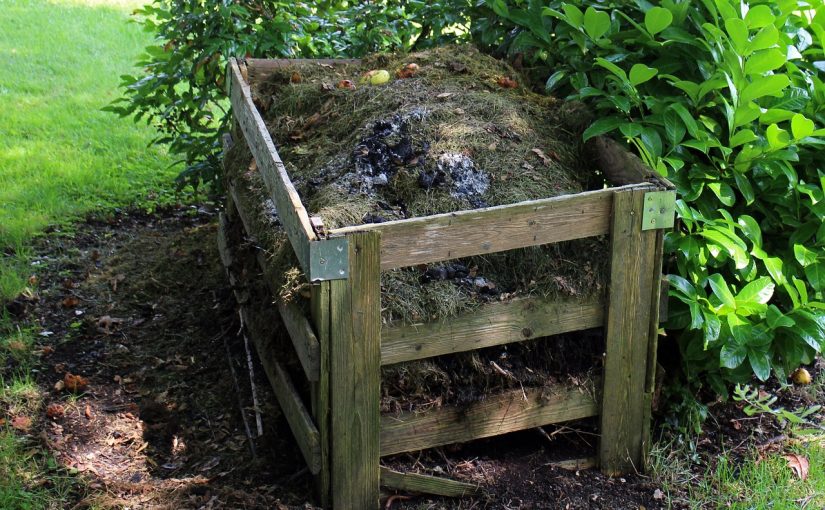This is a type of fungal disease that can occur in a large variety of plants. Different types of fungi are responsible for this disease. Due to their different symptoms, these diseases can be easily diagnosed. In this disease, powdery spots of white color can be seen on the stems and leaves.
The leaves on the lower part are mostly affected however this effect can be noticed on any part above the ground. In this disease with time the size of spots increases. In this the affected plant becomes weak and due to this the size and taste of fruit also get affected. Powdery mildew of pumpkin can be avoided by separating off the affected part from the plant, planting the plants at more distance so that they can get sufficient air.
What causes powdery mildew on pumpkin plant :
To treat or prevent the disease properly, it is important to know the cause of the disease. This common disease is caused by fungi. The fungi named Erysiphe cichoracearum is responsible for powdery mildew in pumpkin. It affects the leaves, flowers as well as stem of the plant. It also has an impact on the yield. Due to the microscopic spores that exist in chains, the white-colored powder can be seen.
These spores germinate without water. Hence they grow very fast in dry and warm weather conditions. More spores are produced within days. The wind is the agent that spreads it to other plants. Sometimes the weather conditions also support the growth of this powdery mildew. These conditions include dry days and cool nights with humidity. In these conditions, the infection spreads rapidly. Other than this the temperature range from 68°F to 80°F also favors the disease.
Must Read: how to plant, grow, and harvest pumpkins correctly and properly
Some other reasons for the disease can be: maintaining less distance between the plants. If the air circulation is not proper, the chances of the disease are more. Hence proper distance should be there between the plants and the greenhouse or the garden should be well ventilated.
The next reason is the lack of light. When the plant doesn’t get sufficient light, it also favors the infection. Hence the leaves of the plant should be planted in such a way that it gets sufficient light. Exposing the leaves to shade for a longer time will help in the production of buds hence adding to the disease.
Next not treating the disease after discovering it or not keeping a check on it will be carelessness. Due to this, the leaves first turn yellow, and then they will die and fall. Along with this, the white spots can lead to a sunburn of pumpkin.
How can you treat the powdery mildew of Pumpkin:

There are a lot of different methods that can be adapted to treat this disease. From these so many methods, the organic method is considered the best way to treat this infection. However chemical treatments are also available.
Also Read: Why Are Bottom of Tomatoes Turning Black: Blossom End Rot
Some of the preventive measures for powdery mildew are:
- Planting the pumpkins in a way that they get proper sunlight. As we know that insufficient sunlight can lead to this disease therefore proper arrangements for enough sunlight should be there.
- The next preventive measure can be planting the plant at the correct distances. A lot of distance should be maintained in each plant as planting them closely leads to infection. Hence to ensure proper air circulation, well distance has to be maintained and the garden or greenhouse should be well ventilated.
- When you water the plant, try to water near the plant and make sure that leaves don’t come in contact with water.
- If you see the symptoms of the disease or see the spots, immediately remove the part of the plant to avoid the spread of infection to the whole field. Cut off the infected part and dispose of it. Also, check all the other plants carefully as it spreads very easily through air or wind.
- Further, do sterilize all the tools used for pruning to prevent the spread of disease to other plants. For this keep the scissors in a solution made of one part of bleach and four of water. Also, make sure that you wash your hands properly after you deal with the infected plant. Spray the foliage in the field so that the powdery mildew doesn’t occur again. Put 2 tables of aspirin in the water and then dissolve it well and spray the solution on the leaves. The best time to spray this can be early morning.
- If the plant still doesn’t get rid of the disease and the infection occurs again and again then you have to detach the whole plant and fungicides have to be sprayed to the soil to prevent the infection from spreading to the whole field.
- Keeping a check on weeds and removing them from time to time is also a very important step as weeds can act as an obstacle for the sunlight and plants may not get proper sunlight.
- However, if you are growing the plant at home in your garden then there’s a simple home remedy for the disease. For this, you have to mix the water and milk in equal amounts and then spray it on the plant two times a week.
- One can use organic compounds like sulfur or potassium bicarbonate. These organic compounds are very effective for powdery mildew.
- One should check the plant at least once a week to avoid the disease.
Bottom line:
The disease powdery mildew of Pumpkin is very common and also spreads very easily. Hence it needs proper care. To avoid the disease or to prevent it, the above given preventive measures should be taken. This fungal disease can affect the yield as well as the taste of the plant hence one should keep a check on the plant.



